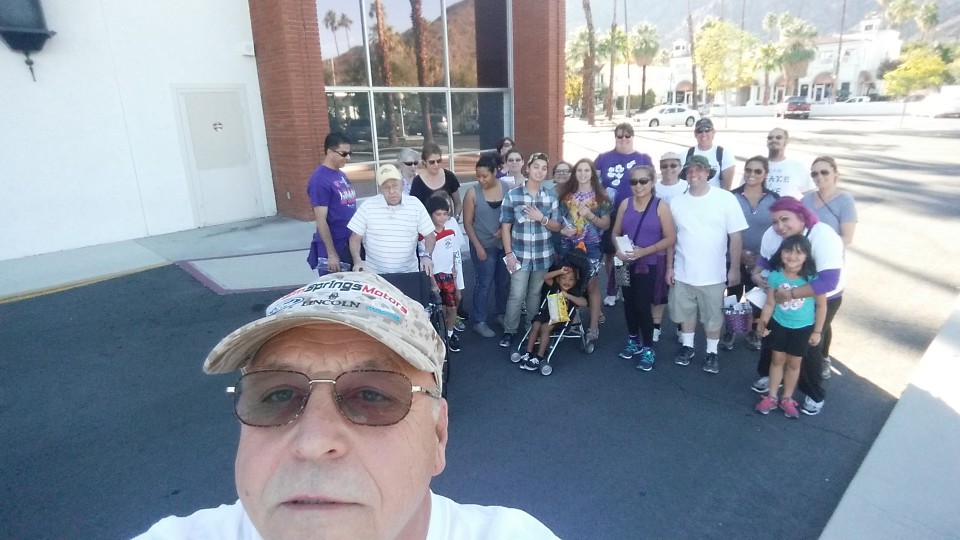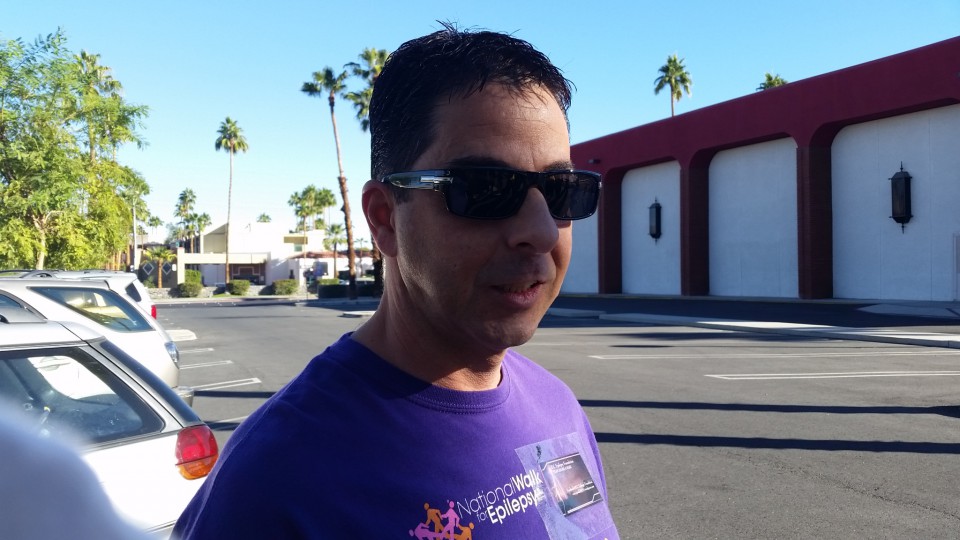How Breathing is Effected
Seizure-related respiratory dysfunction may play a critical role in the pathophysiology of sudden unexpected death in epilepsy (SUDEP). In the majority of observed SUDEP cases, there is some evidence of breathing difficulty prior to death. In addition, simultaneous recording of respiratory function in patients undergoing video-EEG monitoring has shown that abnormalities, such as hypoxemia, apnea, and hypercarbia, are commonly seen following seizures.
How seizures affect respiration is not well understood. While brainstem structures are necessary for breathing, cortical structures, especially in the frontal and temporal lobes, may exert significant influence. These cortical regions are also common sites for seizure initiation or propagation, suggesting a possible anatomical link between seizures and breathing dysfunction.
One Study on How Breathing is Effected
In a recent study by Dlouhy and colleagues, the authors examined the effects of seizures and direct stimulation of multiple cortical sites on breathing in three patients undergoing invasive EEG monitoring for epilepsy or tumor surgery. They found:
In one patient, seizures originating in the right frontal lobe caused transient apnea within one second of propagation to the left amygdala.
Electrical stimulation of the left amygdala, but not other sites in the frontal and temporal cortex, led to apnea and hypoxemia.
Similar results were seen in the other two patients, one with right amygdala stimulation and another with left amygdala stimulation.
None of the patients reported shortness of breath or discomfort during stimulation; they were entirely unaware of their breathing difficulty.
These results suggest that the amygdala may play a critical role in modulation of respiration in humans and that disruption of its normal function by seizures can cause breathing abnormalities. It is unknown if these breathing abnormalities are significant enough to cause SUDEP in some cases or whether seizure spread to other critical brain areas or environmental factors, such as prone position, are necessary components in the fatal cascade.
Further studies, including in animal models of seizures and SUDEP, are needed to understand the neurons and pathways involved in amygdala-mediated respiratory control to identify potential targets for intervention to limit the impact of seizures on breathing and potentially reduce SUDEP risk.
Authored by: Daniel Friedman MD | SUDEP Editor on 9/2015




